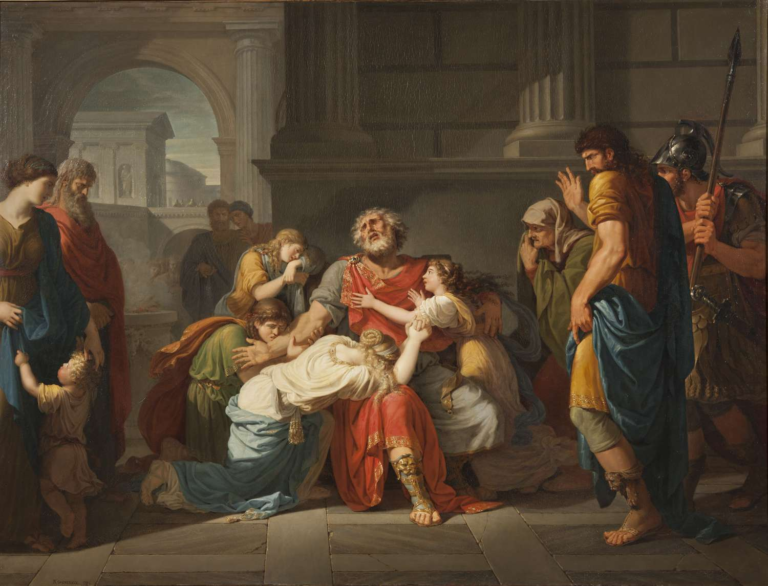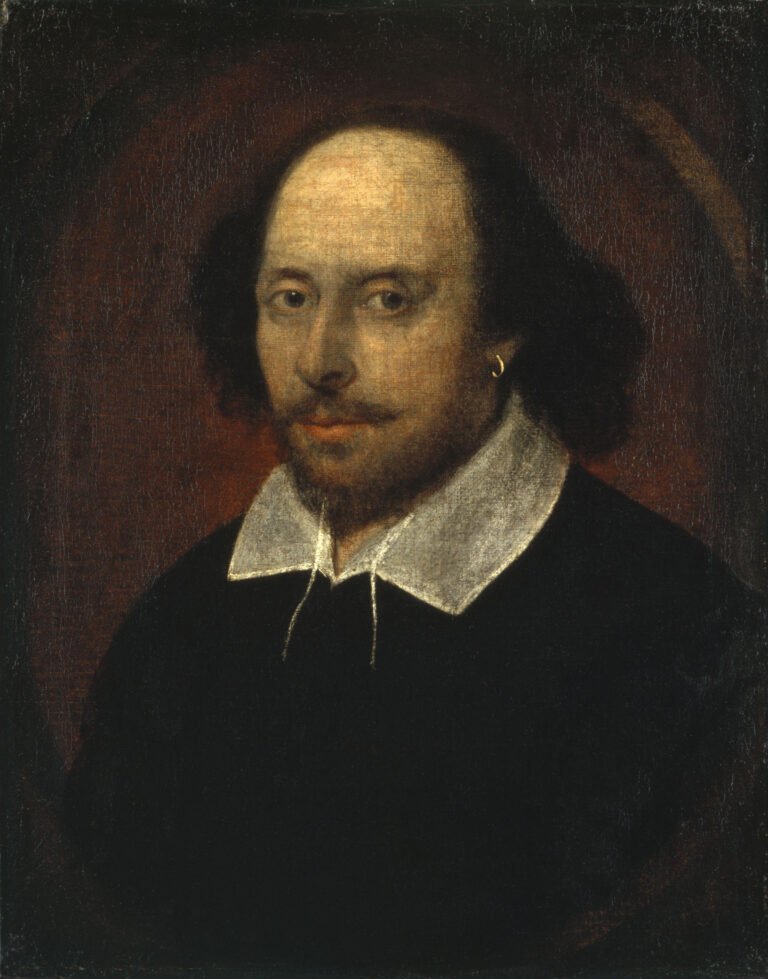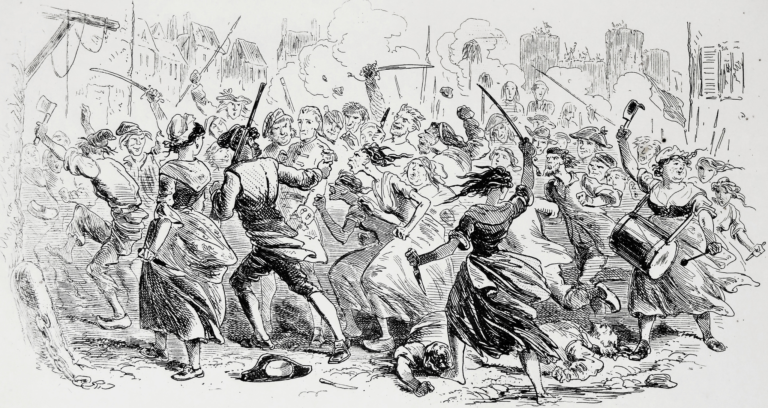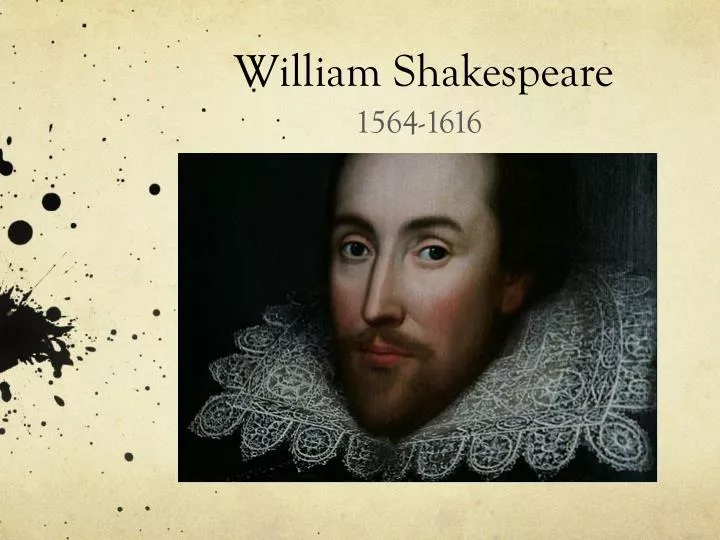Shakespeare: A Timeline of Plays
Shakespeare’s Plays: An Introduction
Shakespeare’s plays offer profound insights into the human experience, securing his place as a towering figure in English literature. His works span multiple genres, including tragedies, comedies, and histories, each reflecting the socio-political landscape of his time. This overview explores the chronological order of Shakespeare’s plays https://www.britannica.com/topic/list-of-plays-by-Shakespeare-2069685, highlighting key works and their historical significance.
The Early Years (1580–1590)
Shakespeare’s journey as a playwright began in the late 1580s. One of his earliest plays, The Taming of the Shrew (1590–94), playfully explores gender roles and sets the stage for his later works. His foray into historical drama began with Henry VI, Part II (1590–92) and Henry VI, Part III (1590–93), the latter published in a corrupt quarto in 1595.
Other notable early works include The Two Gentlemen of Verona (1590–94), referenced by Francis Meres in 1598, and Titus Andronicus (1589–92), which likely premiered in 1594. Henry VI, Part I (1589–92) was performed at the Rose Theatre in 1592, while Richard III (1592–94) was written during the plague years.
Shakespeare’s early comedies also emerged during this period. The Comedy of Errors (1589–94) may have been performed at Gray’s Inn Christmas celebrations in 1594. Love’s Labour’s Lost (1588–97) was referenced in a 1598 edition that mentions its performance before Queen Elizabeth.
The Mature Works (1590–1600)
By the mid-1590s, Shakespeare was producing some of his most enduring comedies and tragedies. A Midsummer Night’s Dream (1595–96) weaves multiple narratives into a magical setting, while Romeo and Juliet (1594–96) remains one of literature’s most iconic love stories.
His historical plays continued to evolve with Richard II (1595–96), which was described as ‘old and long out of use’ by 1601. King John (1594–96) followed the trend of historical narratives, while The Merchant of Venice (registered for publication in 1598) and Henry IV, Part I (1596–97) expanded his dramatic range.
As his mastery deepened, Shakespeare wrote Much Ado About Nothing in 1598 and Henry V in 1599, incorporating contemporary references to the Earl of Essex’s Irish expedition.
The Flourishing of Tragedies (1600–1610)
The early 1600s marked a shift towards darker, introspective works. Hamlet (1599–1601), https://vandanasharma.in/literature-explained/hamlet-to-be-or-not-to-be/ published in 1603, delves into existential themes, while Julius Caesar (1599–1600) explores political intrigue. Despite this shift, Shakespeare maintained his comedic flair with The Merry Wives of Windsor (1597–1601). Shakespeare’s major tragedies emerged during this period. Othello (1604) examines jealousy and manipulation, while King Lear (1605–06) and Macbeth (1606) explore power, ambition, and moral decay. Later, Antony and Cleopatra (1606–07) and Coriolanus (circa 1608) continued his deep exploration of human psychology and societal tensions.
Darkest side of Human nature
Shakespeare’s tragedies delve into the darkest recesses of human nature.
They explore ambition, betrayal, love, and madness with haunting clarity.
Each play presents a flawed protagonist whose downfall feels both inevitable and tragic.
Macbeth shows how unchecked ambition destroys everything it touches.
Hamlet wrestles with existential doubt, revenge, and moral paralysis.
In Othello, jealousy poisons love and reason alike.
King Lear lays bare the agony of pride, ingratitude, and familial fracture.
Tragedy, for Shakespeare, is not just misfortune, it’s a revelation of character.
His heroes fall not only because of fate, but because of fatal choices.
Poetic language and dramatic intensity elevate personal grief to universal themes.
Women in his tragedies, Ophelia, Desdemona, Lady Macbeth, are complex, tragic figures in their own right.
Madness often plays a pivotal role, revealing truths that reason cannot.
The supernatural, ghosts, witches, visions blur reality and fuel descent.
Shakespeare’s tragic world is brutal, but never devoid of moral reflection.
Centuries later, these plays still ask: What does it mean to be human and to fall?
The Final Masterpieces (After 1610)
In his later years, Shakespeare blended genres and themes, shifting towards more reflective works. The Winter’s Tale (1609–11), published in the First Folio of 1623, and The Tempest (1611), which premiered that same year, explore themes of redemption and reconciliation.
All’s Well That Ends Well is one of William Shakespeare’s comedies, though it has darker, more complex undertones, often categorizing it as one of his “problem plays.” Written during the early 1600s, the play reflects Shakespeare’s exploration of complex human relationships and societal hierarchies in a rapidly changing world. https://vandanasharma.in/literature-explained/alls-well-that-ends-well/. It was published in the First Folio of 1623.
His historical play Henry VIII (1613) is notable for its connection to the Globe Theatre fire in the same year. His final known collaboration, The Two Noble Kinsmen (1613–14), co-written with John Fletcher, echoes themes of loss and transition, possibly reflecting the aftermath of the fire.
The chronological journey through Shakespeare’s plays https://www.shakespeare.org.uk/explore-shakespeare/shakespedia/shakespeares-plays/ reveals not only his artistic evolution but also the historical context in which he worked. From early comedies to profound tragedies and final reflections on human nature, his legacy remains timeless. Understanding the sequence of his plays allows us to appreciate the depth of his artistry and the universal themes that continue to resonate with audiences worldwide.






